Speak with smooth and fluent English with free videos on linking!
How do native speakers sound so smooth when they speak? It's because of linking! In these lessons, Julie will teach you how to smooth out your speech by linking syllables and words together, just like a native speaker! All lessons come with practice exercises to help you master the skill of linking.

Linking in American English
Want to learn more about what's inside English Pro™ and the weekly live classes? Attend a live class with me in this video, where I discuss Consonant to Vowel linking in American English, and I show you how English Pro™ can help you reach your English pronunciation goals!
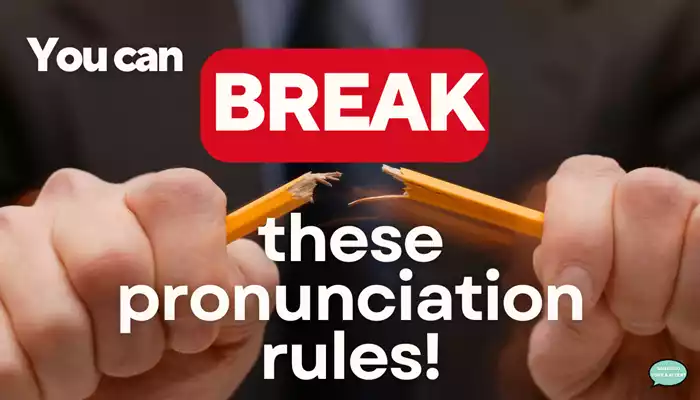
Linking: Assimilation of S, TS, and Y /j/
You know how you learned the S /s/ consonant makes the "s" sound? Well, forget about that! Sometimes native speakers break this pronunciation rule, and you can, too! Learn how in this video!

Speak Clear and Fast English: Consonant to Consonant Linking
How does English sound so smooth? It's because of the linking, or the way that words and syllables are connected with each other. In this video, you'll learn about the most challenging form of linking - consonant to consonant linking.

Difficult Reductions in English
Learn how to speak clear and fast English in this short video! Julie teaches you how to pronounce the common English reductions of the phrases: ask her, ask him, I asked her, I asked him.
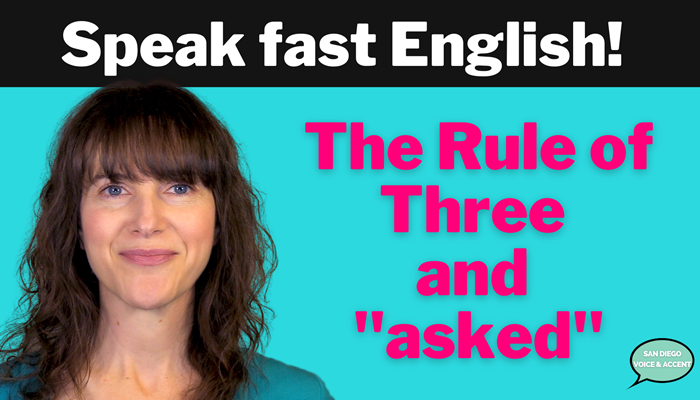
Speak Clear and Fast English: Rule of Three and "Asked"
Learn to speak clear and fast English using reductions and the Rule of Three! In this video, Julie teaches you how to reduce the word "asked" using the Rule of Three. Then you'll practice reductions, linking, and rhythm with Julie at the end.

Linking with the Contraction "I'd"
The final /d/ in "I'd" usually turns into an unreleased D consonant, which can be super challenging for non native speakers to pronounce. This video is jam-packed with examples shown close up and in slow motion, analysis of the final D consonant in a waveform, and practice sentences at the end!
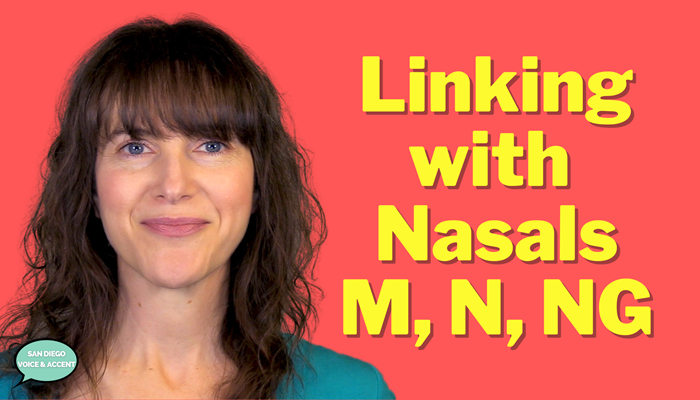
Linking with Nasal Consonants
Did you know that the N /n/ consonant can sometimes become the NG /ŋ/ consonant in spoken English, which means "ten" is sometimes pronounced as "teng"? Why does that happen?? Well, this video will tell you!
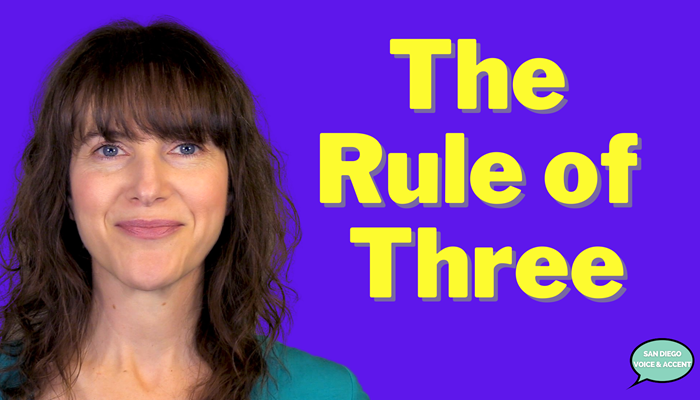
The Rule of Three
Have you ever wondered why native speakers of American English don't pronounce the "t" in "lastly"? Or in "Christmas"? Or in the phrase "first day"? It's because of the Rule of Three! Learn how to use the Rule of Three in this video!

Linking with the B /b/ Consonant
If you want to master American English rhythm, you must perfect your linking skills! Learn how to link words together with the B /b/ consonant, one of the stop consonants in American English. The B /b/ consonant is pronounced differently depending on where it occurs in the word and sentence. Learn more in this video!
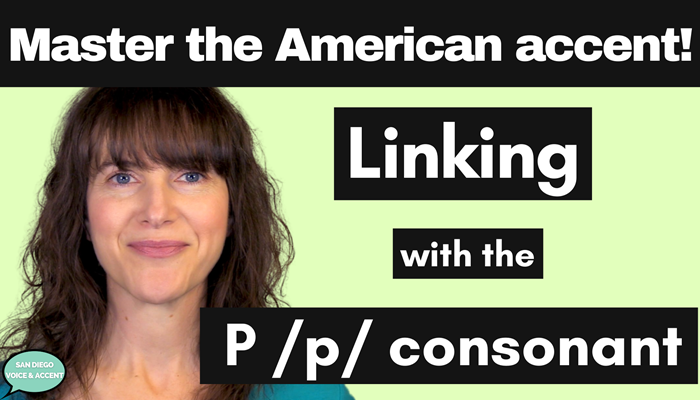
Linking with the P /p/ Consonant
This video will discuss how to link words together using the P /p/ consonant, one of the stop consonants in American English. Learn how the pronunciation of P /p/ changes depending on what you're linking it to!

Linking with the K /k/ Consonant
The K /k/ consonant is a stop consonant, and even though it is called a "stop" consonant, it really should be called a "change" consonant - its pronunciation can change depending on where it occurs in the word. Learn more in this video!

Linking with the G /g/ Consonant
What's the best way to improve the rhythm of your spoken English? Linking! This video will show you how to link words together using the stop consonant G /g/, and you'll have a chance to practice with me at the end!

Nasal Plosion and a Final T Consonant
This video is for all the advanced English speakers out there!! Let's combine two important (and tricky) pronunciation areas of American English: The T consonant and nasal plosion!

The Glottal Stop in American English
Glottal Stop. Stop T. Glottal T. All three terms refer to the same sound, and this sound is very common in American English. In this video, you'll learn 4 ways to use the glottal stop in American English!
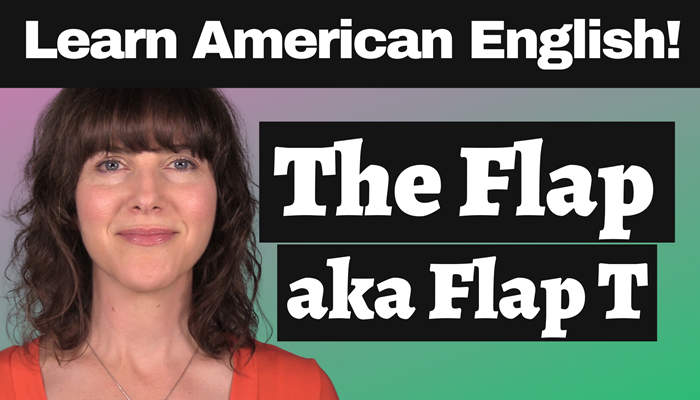
All About the Flap (aka Flap T)
What's the easiest way to sound more like a native speaker of American English? Use the flap! The flap occurs everywhere in American English, and if you want to sound natural to a native speaker, you must learn how to pronounce it and when to use it!

Linking with the Unreleased D
If you want to speak like a native speaker of American English, you have to master linking! This video will teach you how to link words together using the D consonant, like in the sentence, "I had to." Something funny happens to the D sound - it becomes unreleased! Watch to learn more!
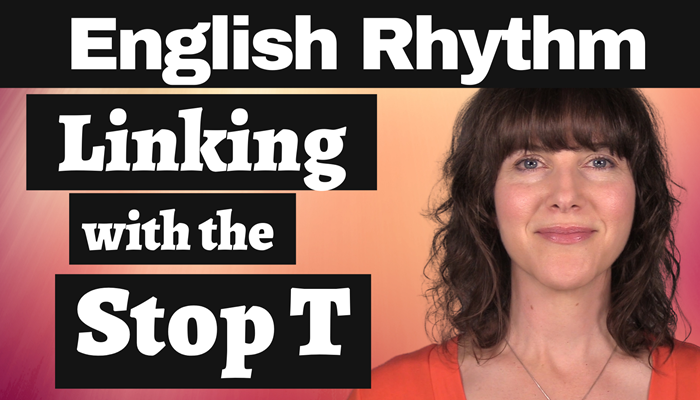
How to Link Words Using the Stop T
A funny thing happens to the True T sound when it comes at the end of a word. Sometimes it turns into a completely different sound - a Stop T sound. Improve the rhythm of your spoken English and learn the rules for using a Stop T sound to link words together in this video!

Vowel to Vowel Linking in American English
Improve the flow of your spoken English through linking words together!
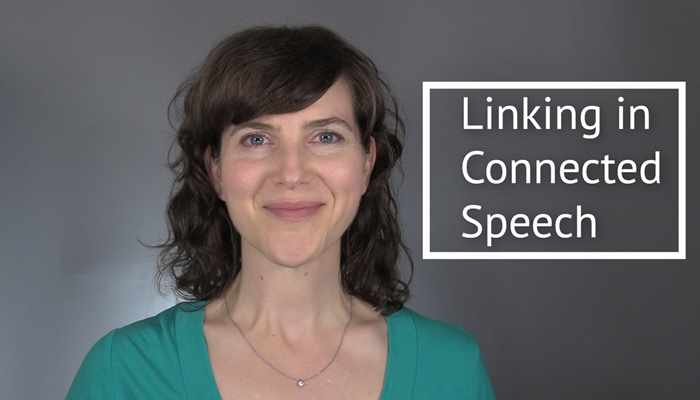
Linking In Connected Speech
Spoken English sounds like one, long connected word.